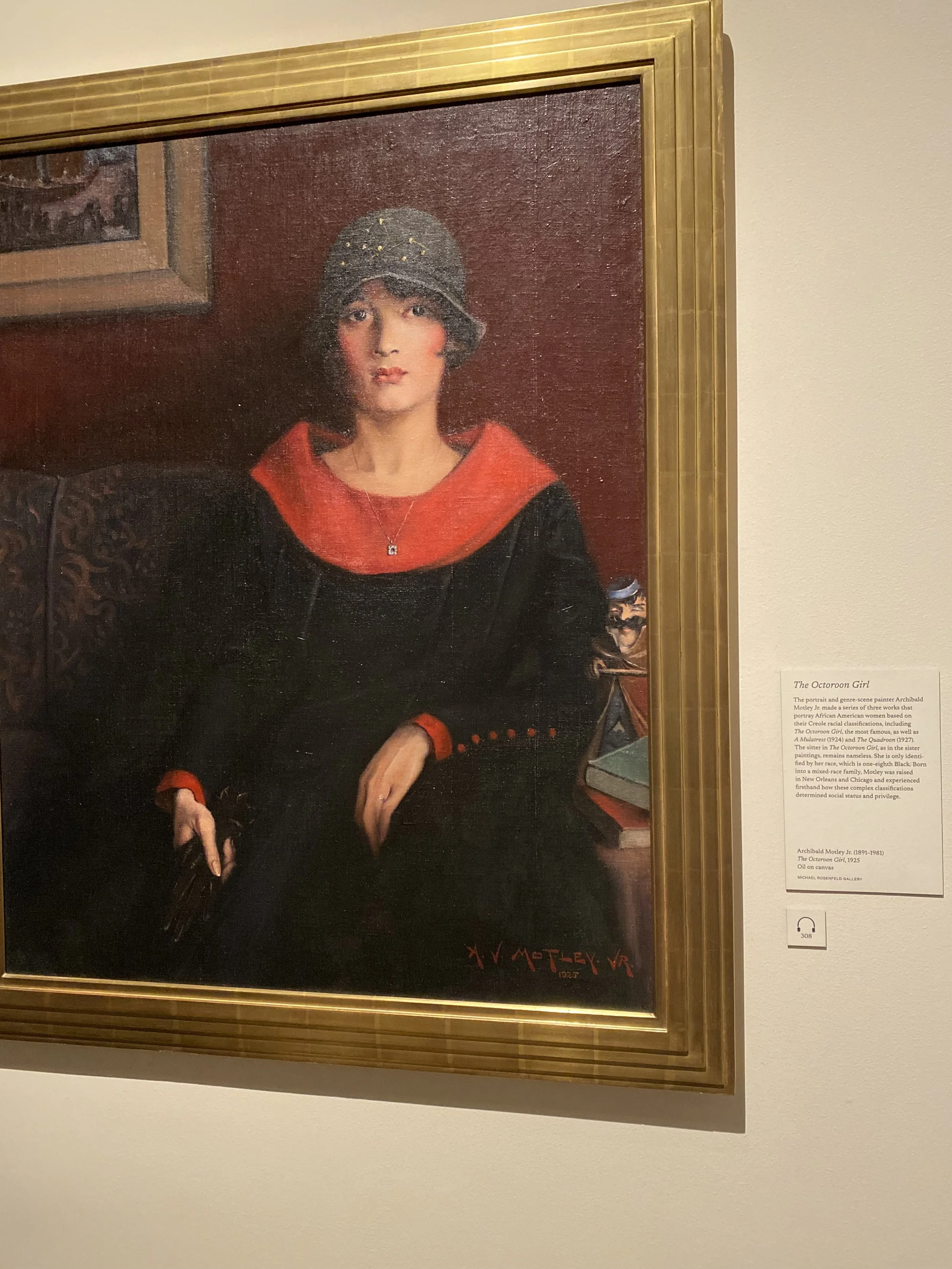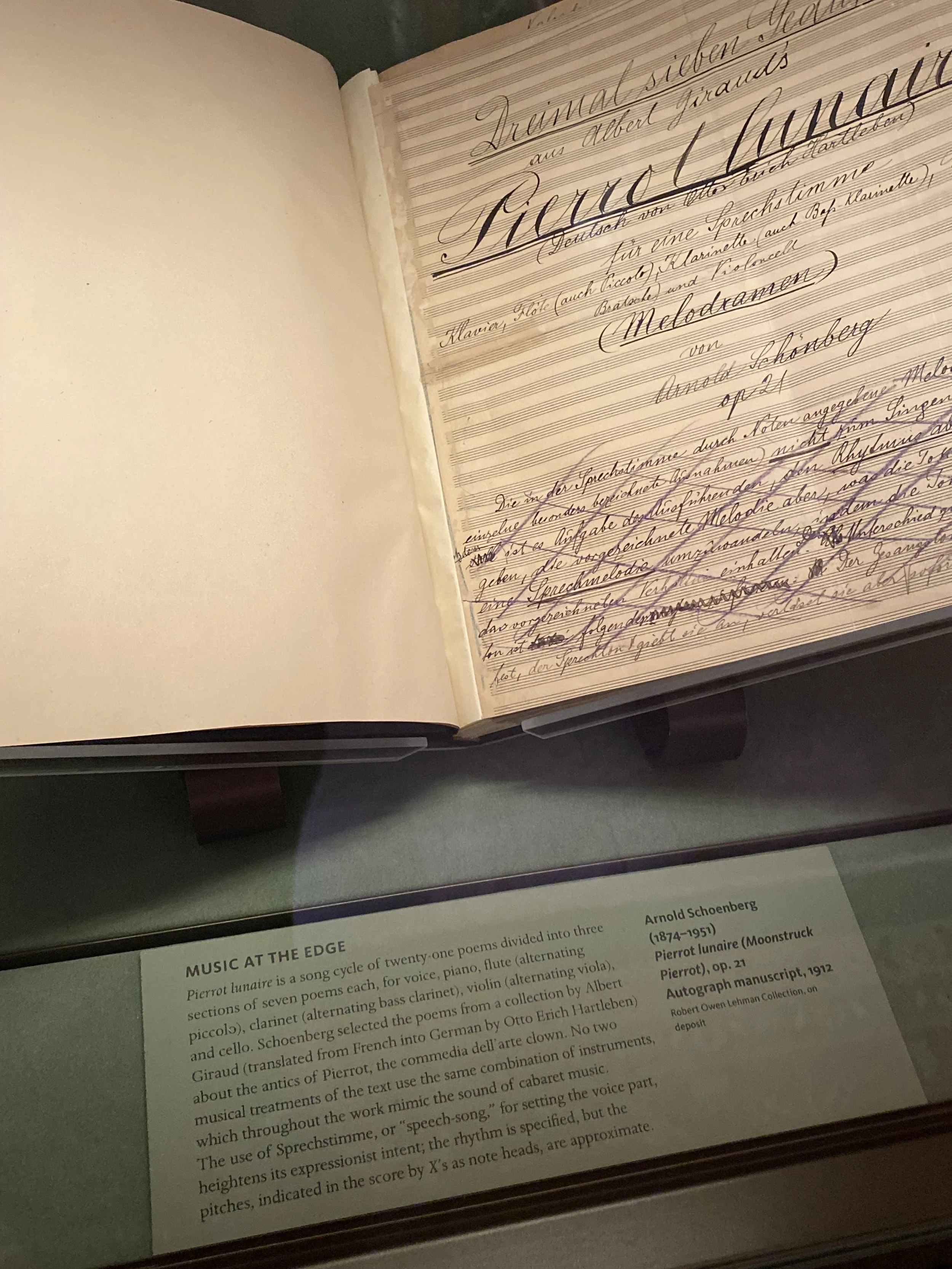A Night at The (Morgan) Museum
Nestled in the heart of Midtown, amongst ordinary looking brown brick buildings, stands an impressive structure that appears simultaneously modern and historic. The Morgan Library and Museum is a New York landmark that has been home to countless pieces of valuable art and rare manuscripts for the past century. In recent years, the Morgan has opened its doors to the city’s students with their (now annual) College Night, an evening dedicated to art and culture, free of charge to all those in undergraduate and graduate programs.
This year’s event, hosted on November 7, celebrated Belle da Costa Greene, who was appointed the museum’s first director in 1924. This is why the event embodied the spirit of the roaring twenties, as a way to honor Greene and the legacy she left behind.
When visitors first walked into the large, open space, they were met with the presence of a three piece Jazz band who filled the air with echoes of the past. Standing alongside the musicians were three models dressed as flappers, posing for the group of visitors who sat there, sketch pads in hand, focused on the scene in front of them.
Art on display at The Morgan.
Visitors were also offered the opportunity to customize buttons, participate in a scavenger hunt, or wander around the corridors admiring the priceless art. The museum’s curator, Phillip Palmer, also led a guided tour of the latest exhibition titled, “Belle da Costa Greene: A Librarian’s Legacy.”
The exhibit featured an extensive review of Greene’s fascinating life, through art, photographs, letters and film. Greene was born Belle Marion Greener to a respected Black family but spent her adolescent and adult life passing as White. In order to explain her darker complexion, she adopted the name “da Costa” and invented a Portuguese ancestor.
Much of the exhibition was dedicated to the subject of colorism and passing in the 1920s. It included a copy of Nella Larsen’s 1929 novella Passing, the 1925 painting titled The Octoroon Girl, and a reel of the 1934 film Imitation of Life, which follows the story of a light-skinned Black woman who tries to pass for White.
On display at the museum.
However, the exhibit also celebrates Greene’s many accomplishments, including her prized acquisition of the fifteenth century work Le Morte d'Arthur (The Death of Arthur) by Sir Thomas Mallory. In fact, Greene’s legacy is visible in many elements of the museum. Many of the other artifacts that can be found in other exhibitions are due to her efforts - most famously, the three Gutenberg bibles, which were on display.
It was refreshing to see the past celebrated and remembered- flawed though it may be. The museum shared a fascinating aspect of history that was overlooked and concealed at the time through the medium of art. Overall, The Morgan succeeded in displaying the ever present shadow of inequality that exists in our history, while also focusing on the beauty that can be found in art and the joy it can bring to humanity.



